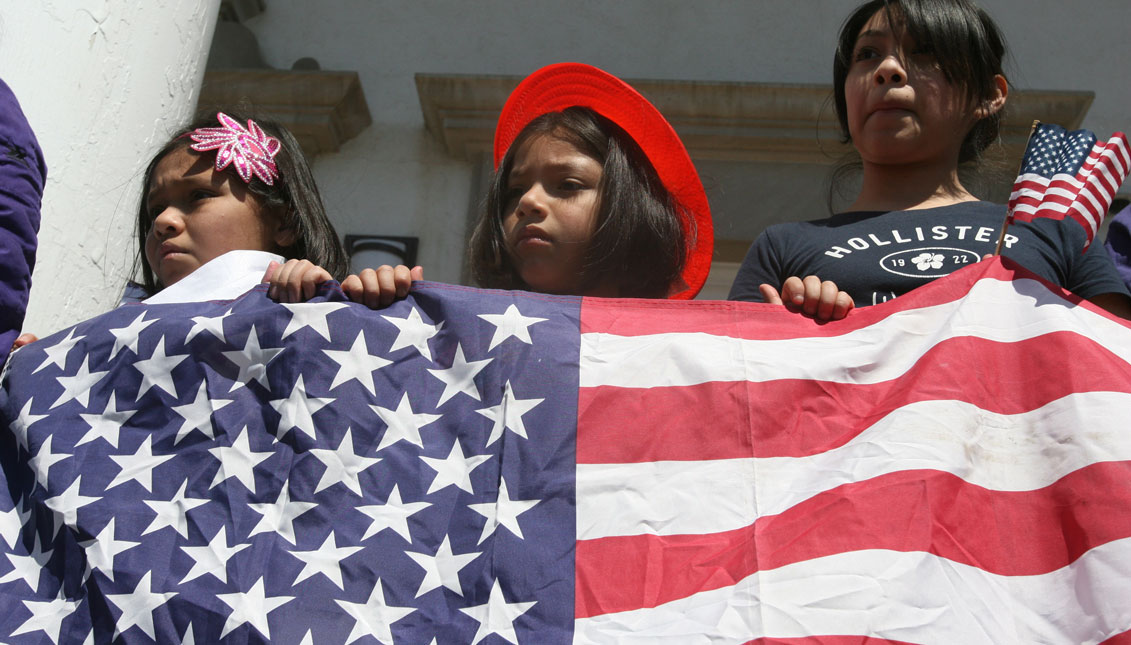
Latinos account for 13 percent of newcomers to Philly, Pew study shows
Latinos account for just 13 percent of newcomers and Asians total about 15 percent, according to a study released by Pew Charitable Trusts. Non-Hispanic whites…
Take a look around and changing demographics might surprise natives and longtime residents of Philadelphia. The city is becoming increasingly white and young.
Latinos account for just 13 percent of newcomers and Asians total about 15 percent, according to a study released by Pew Charitable Trusts. Non-Hispanic whites made up 50 percent of new arrivals to the City of Brotherly Love while representing just 36 percent of the total population. African-Americans rounded out the migrant population at 20 percent, though they make up 42 percent of all residents.
“This pattern – a higher percentage of non-Hispanic whites in the newcomer population than in a city’s population as a whole – held true in 24 of the nation’s 25 largest cities,” the report says. “Seattle was the exception, but the phenomenon was more pronounced in Philadelphia than in most of the other cities.”
There are 65 percent of newcomers who are between the ages of 18 and 34, nine points higher than the national median for major cities.
The top three feeder cities to Philadelphia include New York, Los Angeles and Pittsburgh. Conversely, those who leave are heading to New York; Travis County, Texas – home to Austin – and Los Angeles.
Most of the recent arrivals headed straight to Center City, which the report considers the area bordered by the Delaware and Schuylkill rivers to the east and west, Poplar Street and Girard Avenue to the north and Washington Avenue and Wharton Street to the south.
“The remainder of the arrivals were spread out relatively evenly throughout the rest of the city, with a slight overrepresentation in the Southeast zone (South Philadelphia) and underrepresentation in much of the city’s northern and eastern sections,” according to the study.
Statewide, Pennsylvania is experiencing an influx of people from New York, Florida and Delaware. People who left the city proper but remained within the region headed to suburbs, including Montgomery, Delaware and Bucks counties.
The largest number of people moving outside of the city – approximately 45 percent – were families with children under the age of 18. Only 28 percent of families with kids moved into Philadelphia.
“While the census did not ask people why they came to or left Philadelphia, these numbers appear to validate concerns, often expressed by civic leaders, about families leaving the city due to the ongoing problems of the public school system,” the report says.
Overall findings are a bit skewed, however. The new study draws on U.S. Census numbers from 2011 to 2013 to look at who is moving in and out of Philadelphia and Internal Revenue Service data from 2014 returns for the 2013 tax year to examine county-by-county migration patterns. The latter excludes low-income residents and recent foreign immigrants who do not file tax returns.
Within Philadelphia, 40 percent of people with a household income of $25,000 or less were more likely to move around to different parts of the city. On the opposite end of the spectrum, 26 percent of residents who left Philadelphia and 22 percent of those who arrived have an annual income of $100,000 or more.
“Our analysis indicates that the people who have been moving into and out of Philadelphia are different from the population of the city as a whole,” the authors of the study say. “In particular, the incoming migrants are younger, better educated, more likely to be non-Hispanic white or Asian and more likely to find housing in Center City and adjacent neighborhood.”










LEAVE A COMMENT:
Join the discussion! Leave a comment.